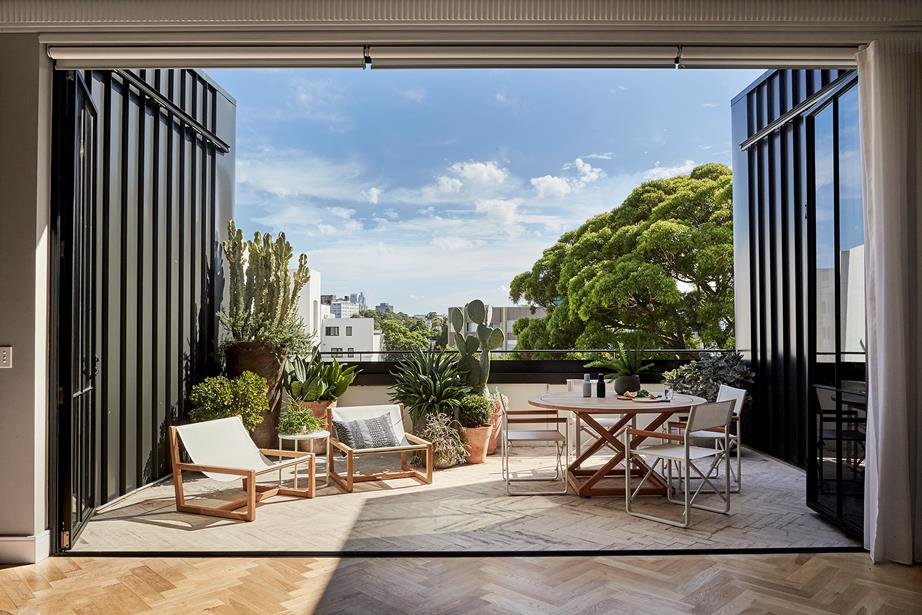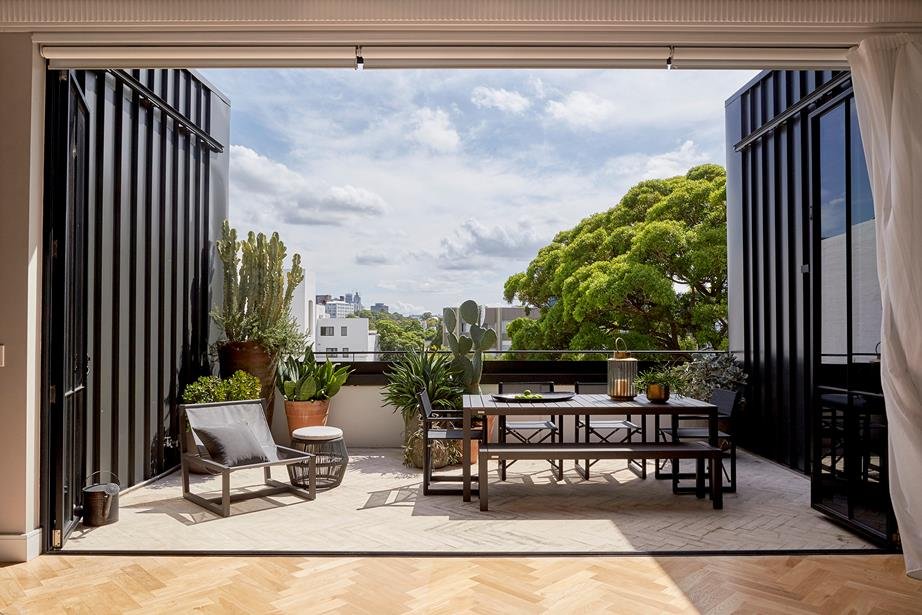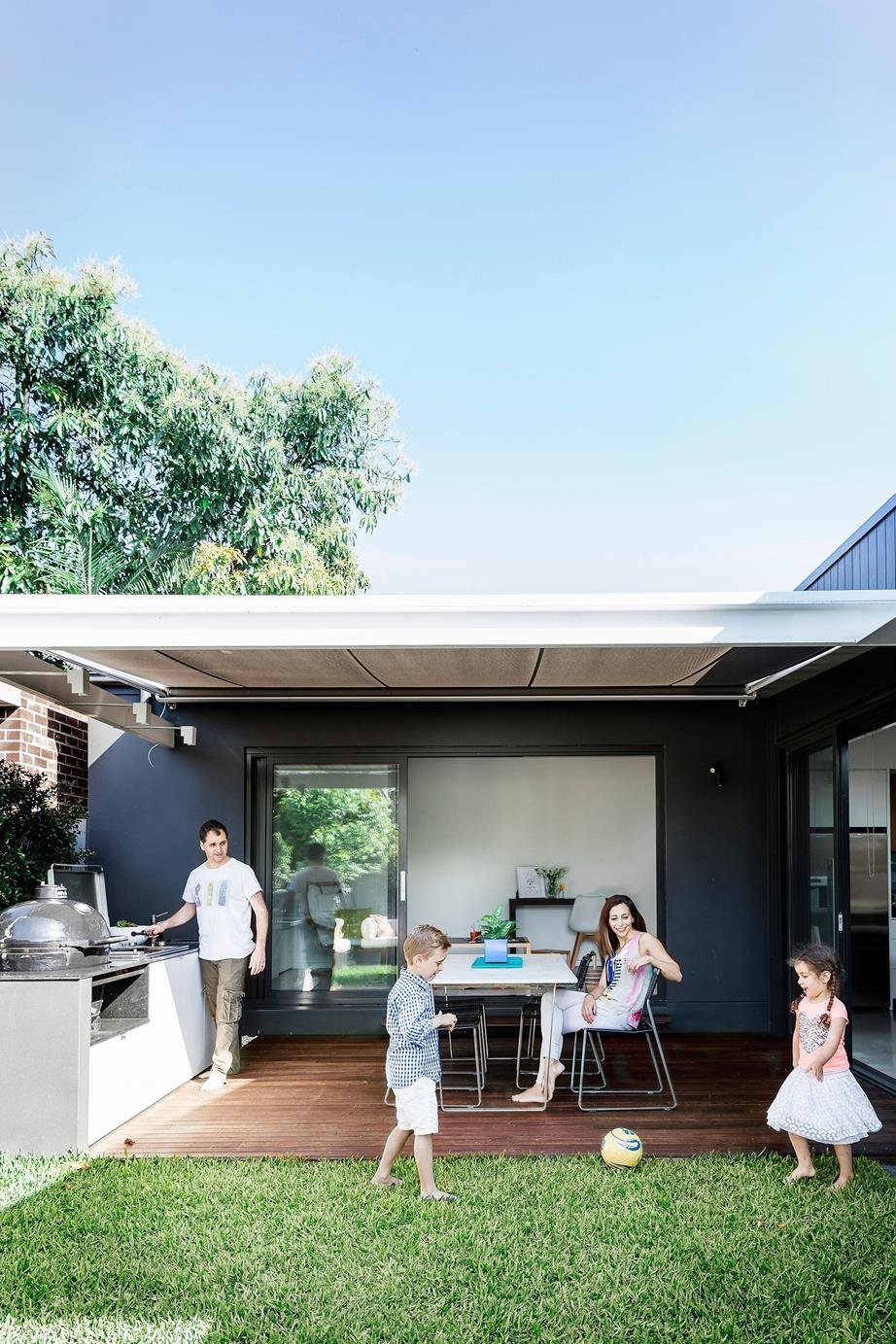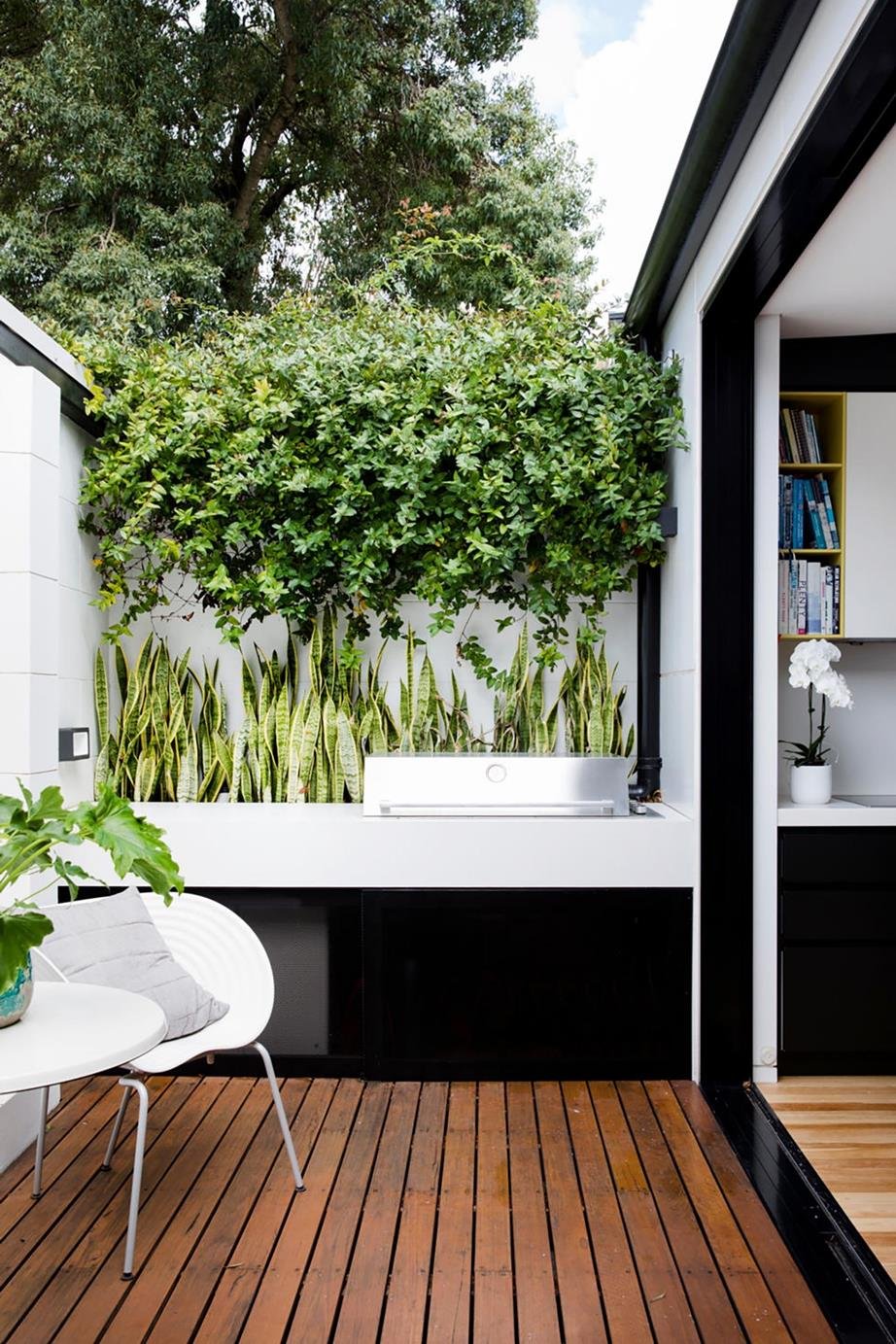Make an extra room in your home, no matter the size or style.
Whether you have a tiny apartment balcony or a generously sized outdoor deck, there are plenty of balcony design ideas that can help you make the most of your space. By focussing on creating a seamless blend between your indoors and out, clever balcony design can ultimately help create a whole new space in your home.
Small balcony design ideas include knowing exactly how you want to use the space and incorporating furniture and styling that has a multitude of purposes, while those blessed with a larger space tend to have a bit more flexibility when it comes to styling and more modern balcony designs.
From what pot plants you should include to stylish weatherproof outdoor furniture, we've come up with nine questions to ask yourself when contemplating your balcony design.
1. HOW WILL YOU USE IT?
With the design of any space it's essential to determine its core function first so that decisions on materials, plants and furnishings can be made with this in mind. Is your balcony or porch somewhere to relax with friends and enjoy the garden, an entry point to your home, a place to contemplate a lovely view of the city or just to escape the confines of a small apartment?

2. IS IT PRACTICAL?
When space is tight inside it may be hard to isolate just one key function for your precious outdoor area. If you also need to use the balcony to store utilities or as a children's play zone, clever planning can accommodate those activities. Think about seating that can double as storage and using retractable clotheslines, for instance.
3. WHAT'S THE STYLE?
Regardless of size, a balcony space has plenty of design potential. Renowned landscape design firm Adam Robinson Design has partnered with contemporary furniture experts Harbour 1976 to showcase different outdoor design styles to suit your living space and maximise your lifestyle.
Transitional spaces are basically outdoor rooms so need a similar design approach to those inside, but in a more laid-back style. Balconies and verandahs in particular are closely connected and often viewed from the interior of a house, so consider a style that will flow through easily from inside to out. "Choose your outdoor furniture setting to complement your indoor lounge so your balcony becomes an extension of your total living space," explains Adam.
Four elegant styles using Harbour 1976's chic pieces that will work with a variety of interior styles.
Urban
By mixing textures and tones, you can evoke a relaxed yet sophisticated space that will pair well with a range of different interior styles.
Coastal
The relaxed seating, neutral tones and combination of round and sharp edges creates a light, airy setting with a crisp, calm feeling.

Boho chic
A light-hearted, fun space, boho chic appeals to the host who loves to entertain friends and family often and spontaneously but it also provides the ultimate chill-out zone to relax and unwind.

Stylish
Dark, elegant and moody, stylish inspires long lunches and delicious dinners with the charcoal teak and dark aluminium endowing a sense of subtle sophistication.

4. DOES IT PROVIDE SHELTER?
To increase the room-like feel of an outdoor space you need to create the same sense of intimacy you would find in the interior of a home by surrounding it on at least two sides with some form of wall structure. This could be as simple as lightweight trellis screens or bamboo panels. However, remember that on high roof gardens or exposed balconies, wind needs to be taken into consideration when choosing materials.
5. DOES IT HAVE PRIVACY?
In urban areas balconies and roof terraces often lack privacy from above. Creating some form of overhead shelter will increase that room-like feel. Pergolas, shade sails or even a homemade frame covered in saris or brushwood will often do the trick.
6. DOES IT HAVE FLOW AND CONNECTION?
Use material selection to reinforce visual connections between indoor and outdoor spaces, particularly if verandahs and balconies are in close proximity to the interior. If you've used a lot of glass and steel inside, use those materials for balustrading. If timber is used more, then continue it outside for seating or a pergola. But factor in that materials will be exposed to sun, wind and rain.

7. WHAT'S UNDERFOOT?
The ground surface is a key area to accentuate indoor/outdoor flow. If the balcony leads off the kitchen, for example, then tiling is a good choice for the floor surface, but if it connects to a timber-floored living area then decking might be a better option. Using outdoor rugs is also effective.
8. HOW CAN YOU BRING IN GREENERY?
Potted plants are an excellent way to add a garden-like feel to outdoor living areas, particularly those that are disconnected physically, like apartment balconies. If space is limited try and keep pots off the ground so you have more room for furniture. Instead hang them on railings and from the ceiling, or use plants that will grow vertically, such as climbers. Upright plants such as reeds take up less room and can provide screening. Remember to check waterproofing and drainage issues for balcony and roof gardens.

9. IS IT COMFORTABLE?
When choosing furniture for porches and balconies, relaxation is key. Think swing chairs, day beds, a rocking chair, comfy wicker sofa or perhaps a hammock, if space allows. Use outdoor cushions to make wooden or metal benches and sofas as comfy as possible. Even wooden crates can become seats if covered with rugs and cushions. Have cosy throws on hand for cooler weather and citronella candles for balmy summer evenings
Source - Home to love